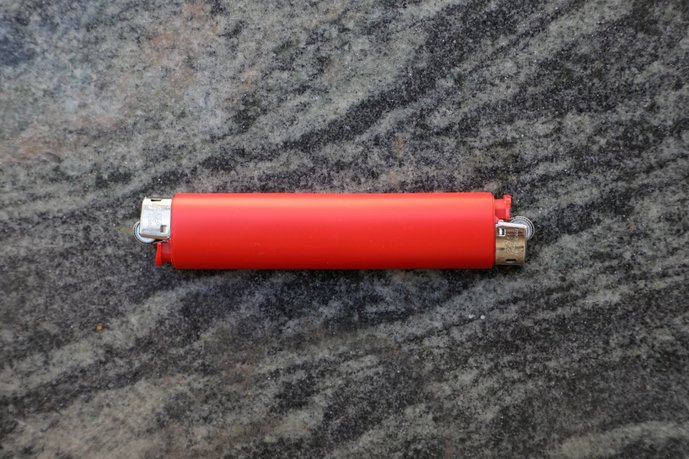

mit Alumni Clemens Lauer (PD 2019)
Was man tun muss, um an die HfG Karlsruhe zu kommen, ist klar: eine Bewerbung einreichen. Aber wie kommt man wieder raus?
Laut der aktuellen Prüfungsordnung der HfG Karlsruhe muss für den Abschluss des Studiums eine Kopie bzw. die Dokumentation der Abschluss- oder Masterarbeit beim zuständigen Fachbereichssekretariat eingereicht werden. Die Archivierung ist somit der letzte notwendige Schritt, um die Hochschule zu verlassen. Ohne dem Archiv eine Kopie Ihrer Arbeit oder die dazugehörige Dokumentation zukommen zu lassen, ist es nicht möglich, Ihren Abschluss zu machen. Dies wirft die Frage auf: Wenn Archivierung und Dokumentation Teil des Studiums und der Praxis der Kunst sind, wie können wir dann damit umgehen?
In der Medientheorie und der Kunstgeschichte ist es relativ einfach, eine gedruckte Version der Masterarbeit reicht aus. In der Medienkunst reicht eine digitale Kopie des Projekts. Aber wenn es um Produktionsdesign geht, wird der Umgang mit dem Designobjekt zu einer grundlegenden Frage, während des Abschlusses, aber auch danach. Wenn wir einen Rundgang auf den geheimnisvollen Dachboden der HfG machen, der nur mit Hilfe der Hausverwaltung zugänglich ist, ergibt sich ein etwas verwirrendes Bild: Ist es ein Durcheinander von verlassenen Dingen oder ein Archiv von Designobjekten?
Wie kann ein dreidimensionales Objekt dokumentiert werden? Sind die Techniken und Methoden wichtig? Was geschieht mit dem Objekt selbst? Welche Rolle spielt die Dokumentation angesichts der neuen Nachfrage auf dem Designmarkt? Kann die Dokumentation von Designobjekten das Objekt selbst ersetzen? Die sechste Ausgabe von Documenting the Moment berührt diese Fragen und lädt die Öffentlichkeit ein, archivarische Fragen von der analogen zur digitalen Welt zu übertragen.
with alumni Clemens Lauer (PD 2019)
It is pretty clear what you have to do to get into HfG Karlsruhe: submit an application. But how do you get out?
According to HfG Karlsruhe’s current examination guidelines, in order to graduate from the school, a copy or the documentation of your graduation project or master’s thesis must be submitted to the relevant department secretary. Archiving therefore becomes the last necessary step to leave the institution. Without providing the archive with a copy of your work or its relative documentation, it is not possible to graduate. This begs the question: if archiving and documentation are part of the study and practice of art, how can we deal with this?
For media theory and art history, it’s relatively easy, a printed version of the master thesis is enough. In media arts, a digital copy of the project works. But when it comes to production design, how to deal with the design object becomes a fundamental question, during graduation but also in its aftermath. If we take a tour up to the mysterious HfG attic, which is accessible only with the help of facility managers, the picture we’ll see is a bit confusing: is it a mess of abandoned things or an archive of design objects?
How can a three dimensional object be documented? Do the techniques and methods matter? What happens to the object itself? Responding to the emerging demand of the design market, what kind of a role does documentation play? Can documentation of design items replace the item itself? Touching upon and brainstorming around these questions, the sixth edition of Documenting the Moment, invites the public to materialize archival questions from analogue to the digital world.